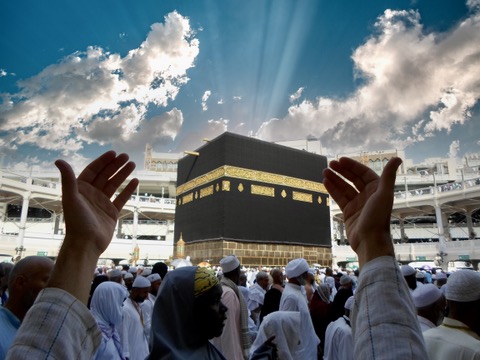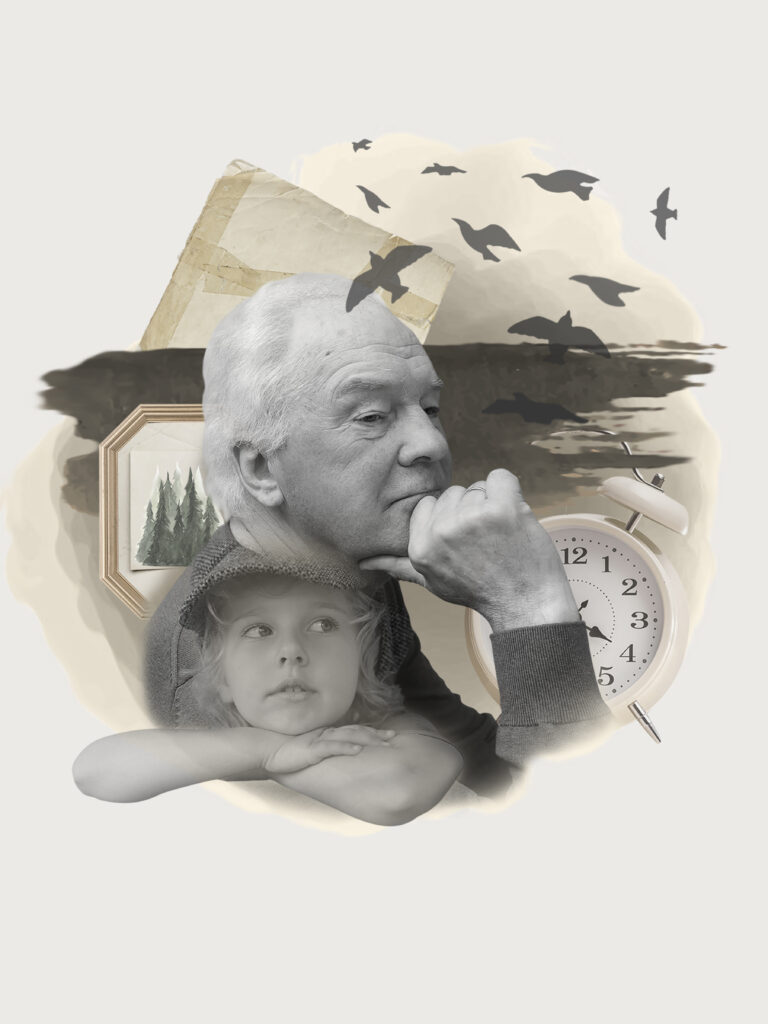
Pilgrimage in Islam: Its Role in Strengthening Faith and Solidarity
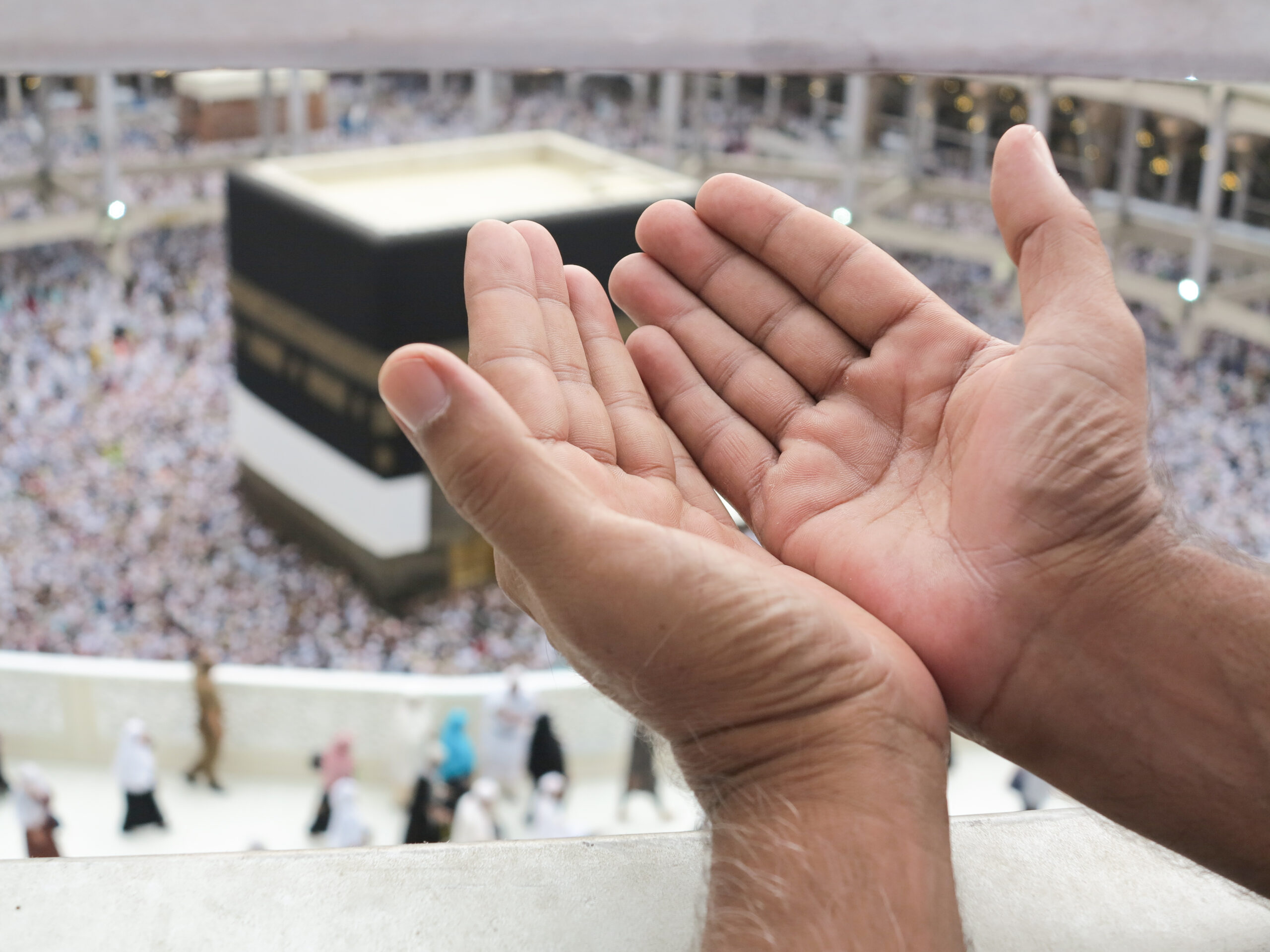
“[Abraham said] Our Lord! I have settled some of my offspring in a barren valley, near Your Sacred House, our Lord, so that they may establish prayer. So, make the hearts of ˹believing˺ people incline towards them and provide them with fruits, so perhaps they will be thankful.”
Quran 2:183
The fifth pillar of Islam
TLDR
‘ There were tens of thousands of pilgrims from all over the world. They were of all colors, from blue-eyed blondes to black-skinned Africans. But we were all participating in the same ritual, displaying a spirit of unity and brotherhood that my experiences in America had led me to believe never could exist between the white and the non-white. America needs to understand Islam because this is the one religion that erases from its society the race problem. You may be shocked by these words coming from me. But on this pilgrimage, what I have seen and experienced has forced me to rearrange much of my thought patterns previously held.’
The pilgrimage is the fifth pillar of Islam. It is the only form of worship that combines all the components of any worship: spiritual, physical, and financial. It is also time—and place-specific.
Hajj is obligatory for every adult Muslim with financial and physical means at least once in a lifetime, so every year, millions of Muslims from around the world gather annually in Mecca in Saudi Arabia, the holiest city for Muslims, to perform the sacred Muslim pilgrimage.
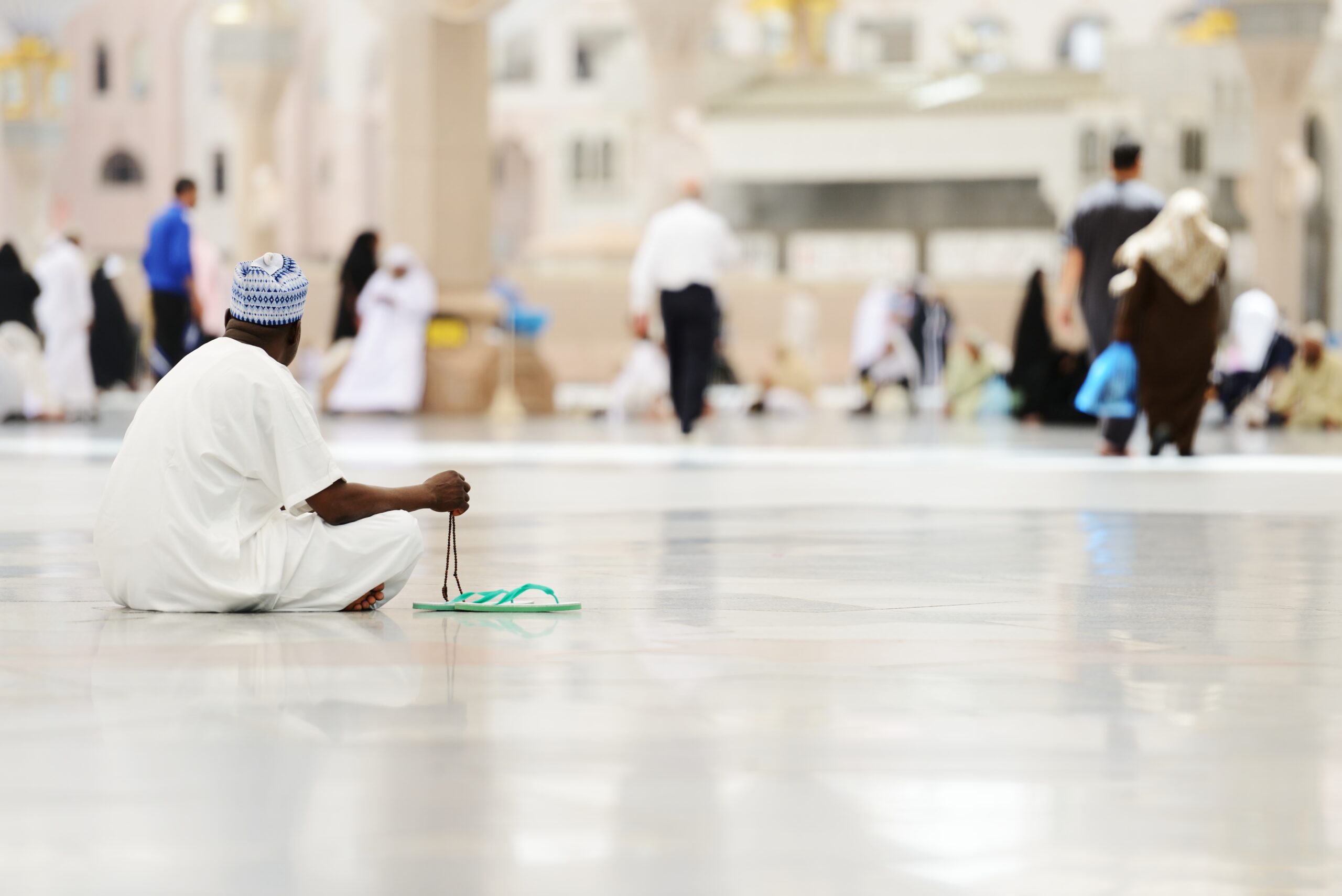
History of pilgrimage in Islam
The Origins
Having run out of water and her son crying from thirst, Hajar desperately ran seven times between the two hills of Safa and Marwah but found none. Returning in despair to Ishmael, she prayed for God’s mercy and saw the baby scratching the ground with his leg. A water fountain sprang forth underneath his foot, uncovering a source of water that had been providing water for thousands of years. It is called the Zamzam well.
When Abraham returned, he was commanded to build the Kaaba, which he did with the help of Ishmael. The Kaaba was the first holy house on earth dedicated to Allah, where worship took place, and people were invited to perform pilgrimages.
“And ˹remember˺ when We made the Sacred House a centre and a sanctuary for the people ˹saying˺, “˹You may˺ take the standing-place of Abraham as a site of prayer.” And We entrusted Abraham and Ishmael to purify My House for those who circle it, who meditate in it, and who bow and prostrate themselves ˹in prayer˺.”
Quran 2:125
During Islam
In AD 630, the last prophet of God, Muhammad (PBUH), led his followers from Medina to Mecca, cleansed the Kaaba by destroying all the pagan idols, and consecrated the building to God. Two years later, Muhammad performed his only and last pilgrimage with thousands of followers and instructed them on the rites of the Hajj.
From this point on, pilgrimage became one of the five pillars of Islam.
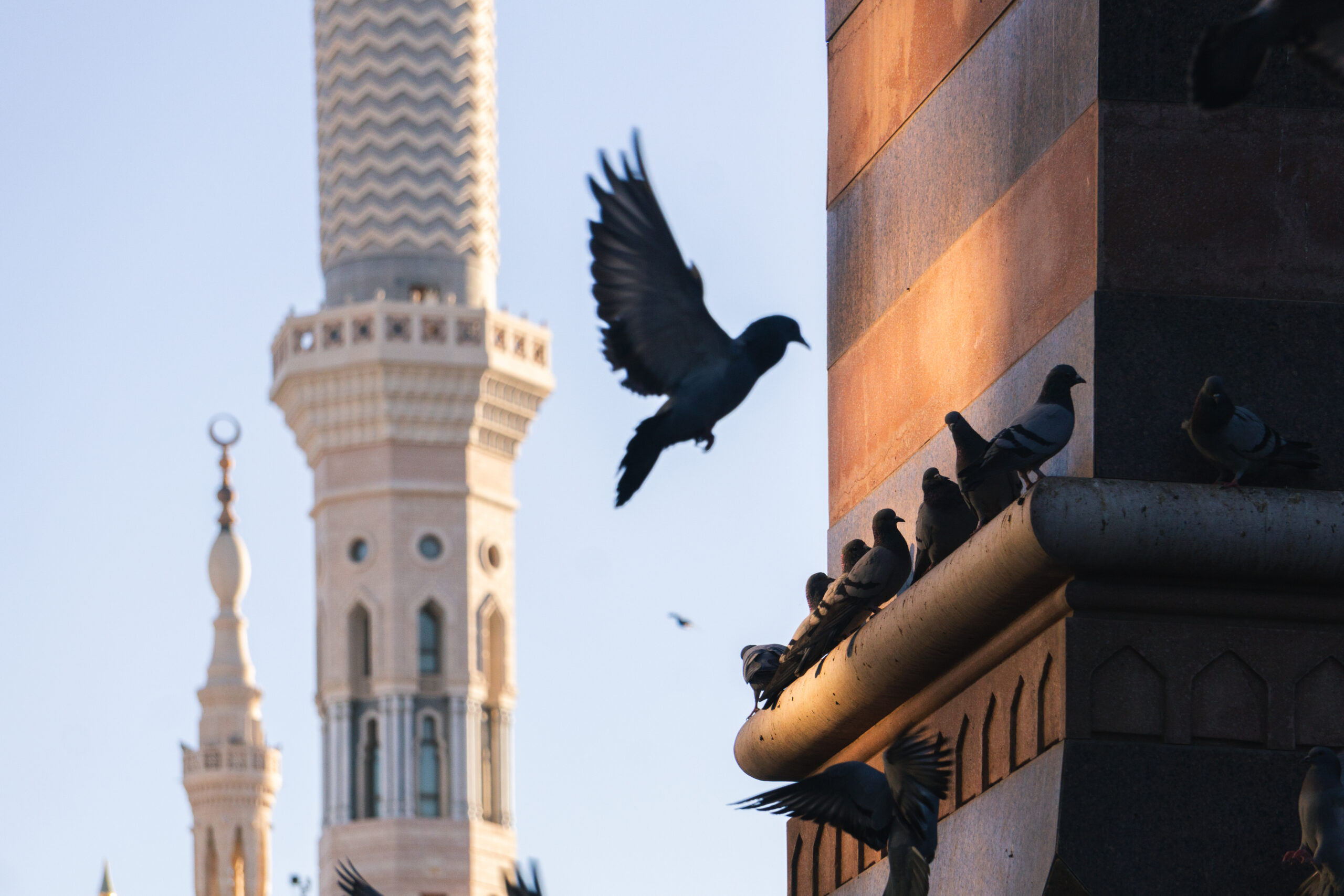
“In it are clear signs and the standing-place of Abraham. Whoever enters it should be safe. Pilgrimage to this House is an obligation by Allah upon whoever is able among the people. And whoever disbelieves, then surely Allah is not in need of ˹any of His˺ creation.”
Quran 3:97
Importance of pilgrimage
First, it is a heart, then it becomes a body trip.
The Hajj is seen to have a spiritual merit that provides Muslims with an opportunity for self-renewal and serves as a reminder of the Day of Judgment when Muslims believe all humankind will be gathered and stand before God.
Hajj brings together and unites Muslims from different parts of the world irrespective of their social status, race, color, and culture, symbolizing objective equality.
Those who complete the Hajj are known as Hajji. Everyone participating in the Hajj pilgrimage is treated equally, fostering a strong sense of unity. The pilgrimage demonstrates self-discipline and fulfills a religious duty, bringing Muslims closer to their faith in God.
Some hadith agree that the journey cleanses sins:
He will return as if he were born anew (Sahih al-Bukhari 26:596).
Key events
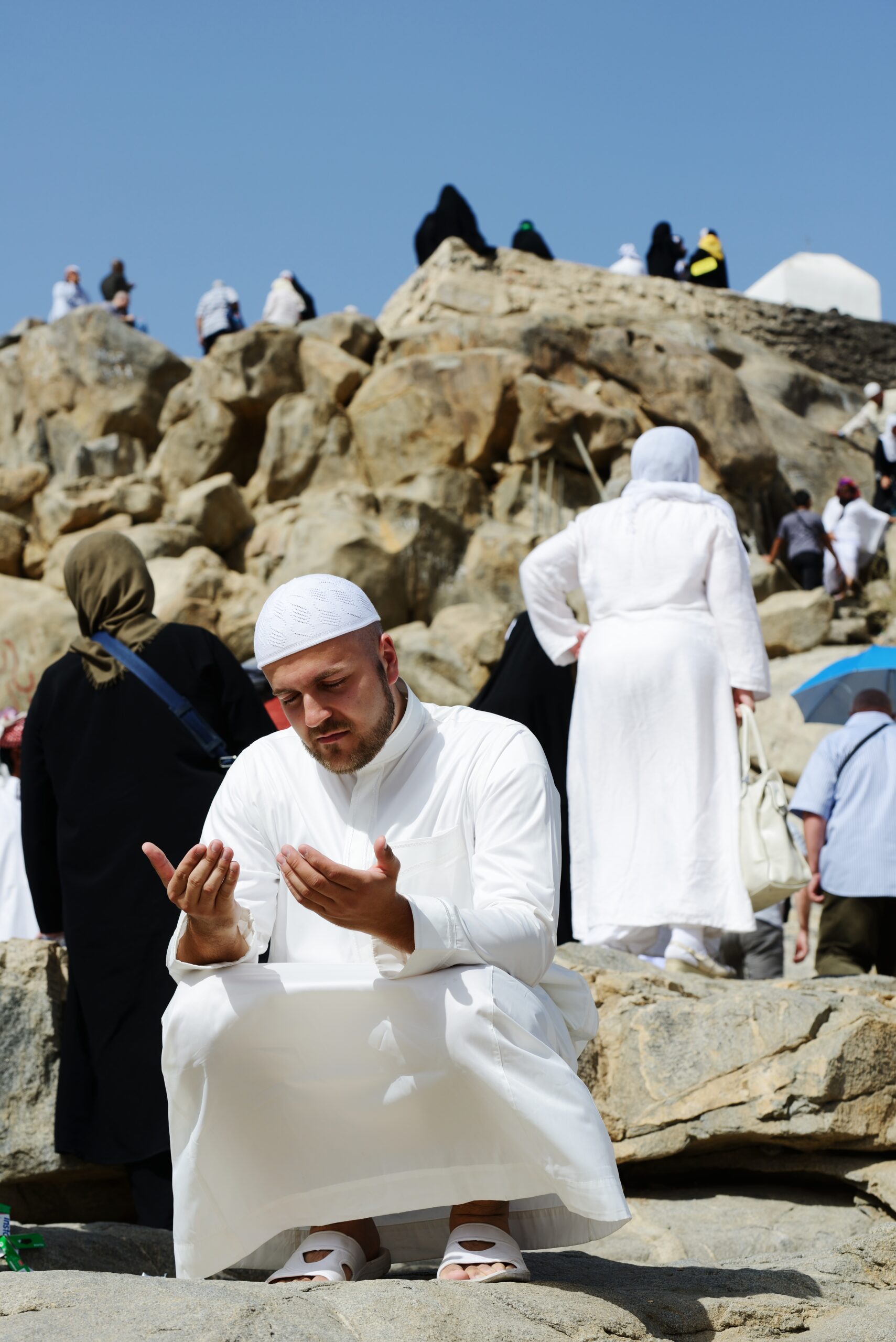
Summary
The study noted that :
“the Hajj Increases belief in equality and harmony among ethnic groups and Islamic sects and leads to more favorable attitudes toward women, including greater acceptance of female education and employment” and that “Hajjis show increased belief in peace, equality and harmony among adherents of different religions.”
